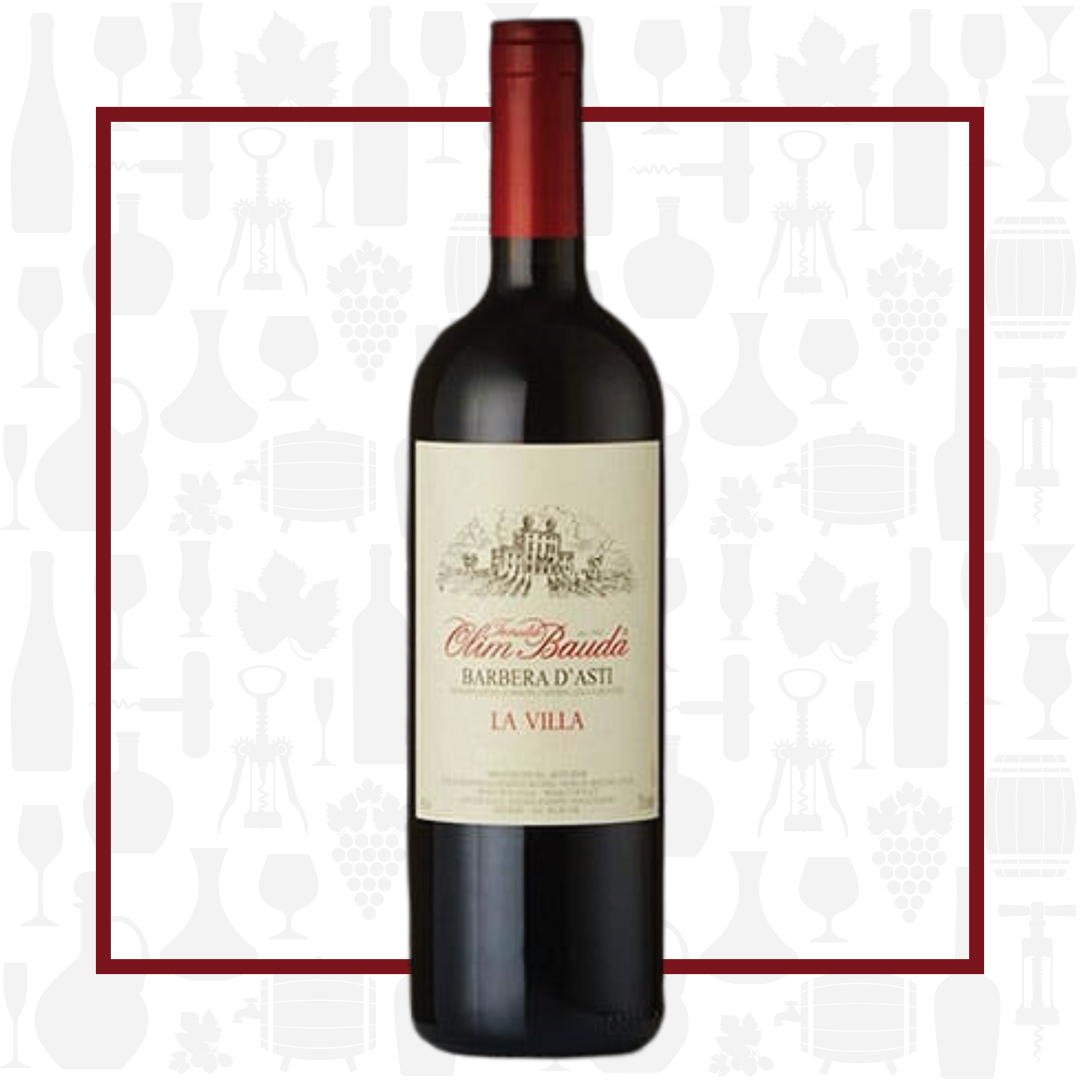Cellar Profile
The Bertolino family’s origins are in the village of Castelnuovo Calcea, in the Asti district of Piemonte. There, more than a century ago, the family began their venture in both winemaking and the wine trade. In the 1920s, the family moved to the neighbouring commune of Nizza Monferrato and the first Bertolino license to sell wine was dated there, on June 18th, 1927. In 1961, the family bought the villa Bauda at Incisa Scapaccino. They created the “Tenuta Olim Bauda” that soon became famous for Freisa, Moscato and, above all, Barbera. Following the tragic death of Bertolino Sr. in 1985, the family was forced to close the winery and sell their prized fruit to other producers in the area. In 2000, the family decided to reestablish the winery and its winemaking traditions. Today, the estate is owned and operated by the three Bertolino siblings: Dino, Diana and Gianni. Their wines are at once modern and classic, loaded with fruit, intensity and brawn and backed by elegance, structure and refinement.
Region
An outstanding high-quality wine region in northwest Italy, widely considered the country’s most stable and evolved viticultural area. Its temperature and rainfall mirror Bordeaux. The vast majority of Piedmont’s terrain is mountainous or hilly, creating optimum elevated vineyard sites for the region’s best varieties. Of those, Nebbiolo enjoys the greatest notoriety and acclaim. The grape reaches its highest potential in the sub-regions of Barolo and Barbaresco where it is made into incredibly structured, complex, and ageworthy wines. Approximately half of Piedmont’s vineyards are planted with Barbera. The past thirty years have seen significant improvement in Barbera-based wines, with some commanding price levels that approach those of Barolo and Barbaresco. Prior to 1980, white wines were, for the most part, an afterthought, but they are now gaining acclaim and popularity in Italy and abroad. Of particular interest is the resurgence of Gavi, made from the Cortese grape, and the low-alcohol, frizzante Moscato d’Asti.
Vineyard
Located in the commune of Nizza Monferrato, the Olim Bauda vineyard soil profile is alluvial (sedimentary deposits) on top of clay sandy marls. Grapes are trained via Guyot system. This vineyard is planted with Moscato and Barbera. Barbera plantings date to 1979 and 2000. The Olim Bauda site is one of the warmest in Asti, allowing Barbera to fully ripen and show its great potential. Grape yield does not exceed 60 quintals per hectare (depending on the vintage). Harvest in the Bauda vineyard takes place in the first week of October and grape selection is completely made by hand.
Winemaking
Hand-harvested in the evening to retain freshness. Wines are pressed that evening and alcoholic fermentation takes place in temperature-controlled steel tanks, with temperatures never exceeding 28°C. Long, slow fermentation, followed by élevage in tank, then bottle aging for at least 6 months before release.
Varieties
Barbera is a red Italian wine grape variety that produces good yields and is known for deep colour, full body, low tannins and high levels of acid. When young, the wines offer a very intense aroma of fresh red cherries and blackberries. In the lightest versions, you’ll find notes of cherries, raspberries and blueberries, while notes of blackberry and black cherries dominate in wines made of more ripe grapes. Many producers employ the use of toasted oak barrels, which provides for increased complexity and aging potential. The most powerful and structured examples are found in the Nizza DOCG.
Tasting Notes
Big and structured. A powerful example of what Barbera can do in the right hands. Plum, mocha and ripe strawberry aromas lead to a full-bodied palate. Flavours of plum, cassis and dark chocolate are framed by generous acidity and a solid tannic grip. Easily drinkable now, but can be aged if one chooses. The structure calls for rare red meat, preferably a good rib steak.

